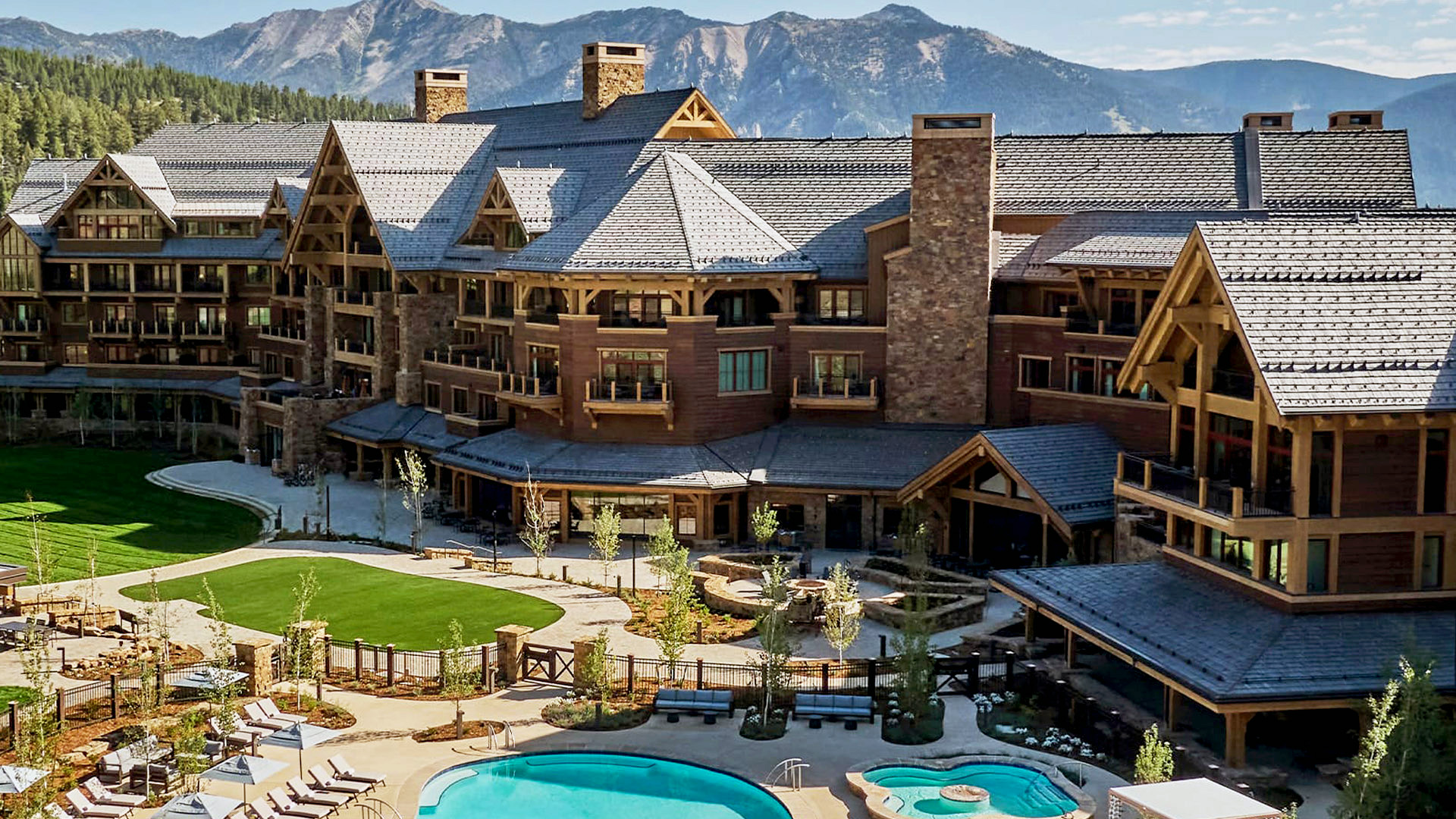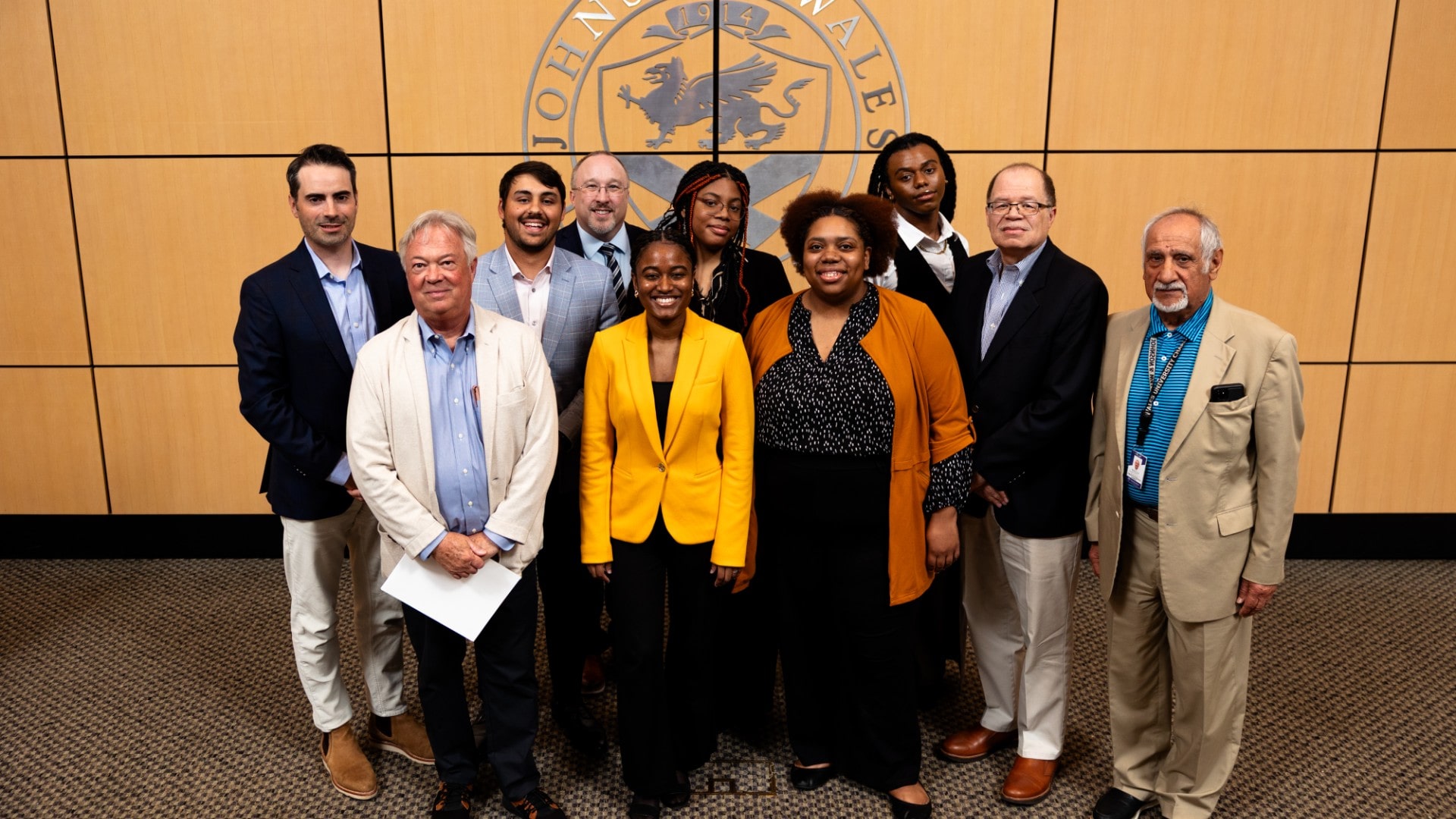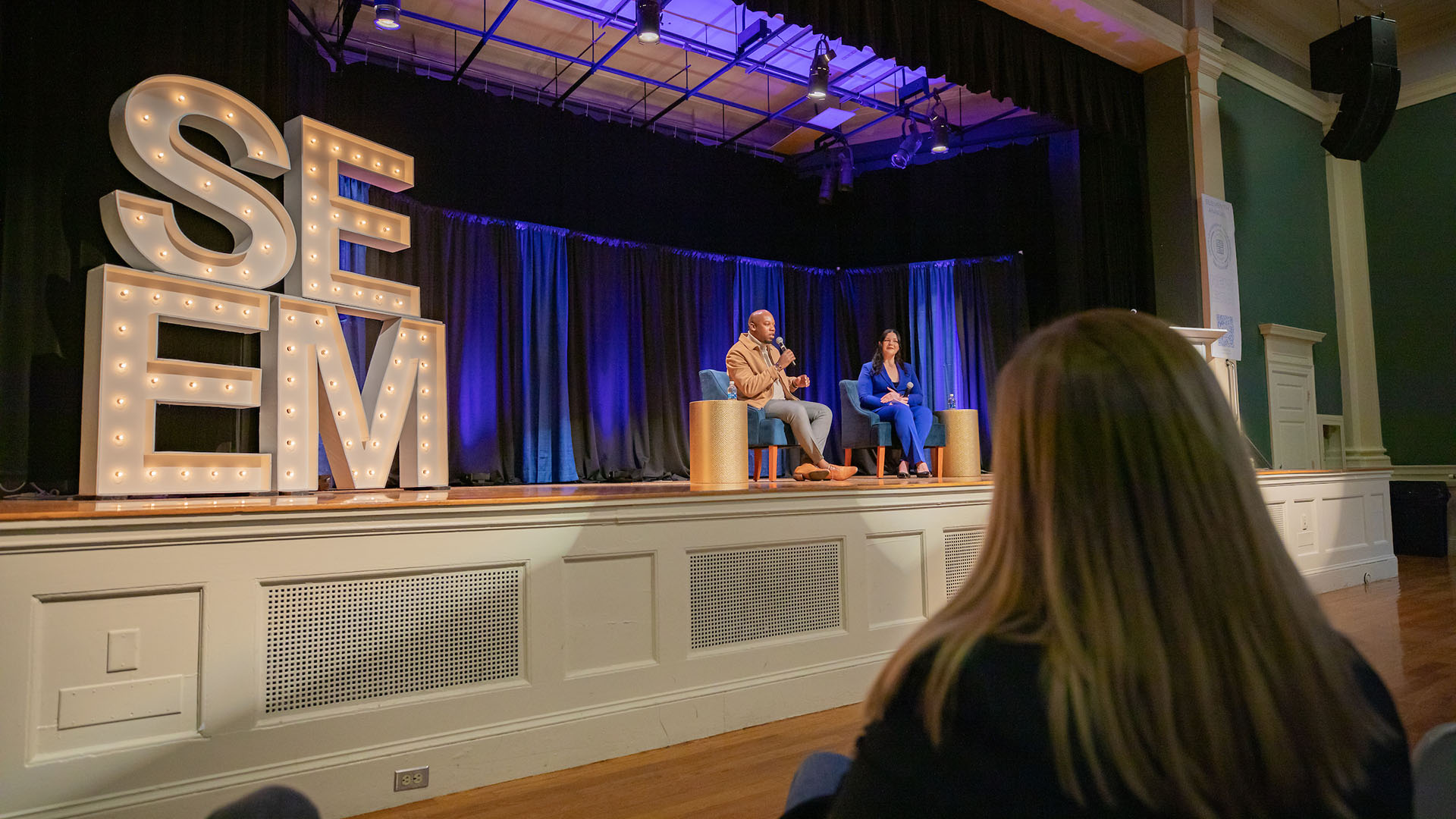14 Wedding Traditions, Explained
Updated: November 2021
Weddings are steeped in tradition. Even "untraditional" weddings that are personalized to the wedding couple host common elements like rings, flowers, and, of course, a wedding date.
But where did these traditions begin? What is the history behind this enduring nuptial ritual?
Perhaps you've assumed that many common wedding practices are purely American. While, in fact, you may be surprised to learn that many of the traditions that we see today have their roots in religion, culture and history. (It makes sense, after all: The United States is only 250 years old and people have been getting married for centuries — 2350 B.C. to be exact.)
Whether you are planning a wedding, interested in a hospitality career in the event industry, or intrigued by the hidden symbolism of marriage ceremonies, here is the interesting origin behind nine widely practiced wedding traditions.
1. Exchanging wedding rings
One of the most popular artifacts in a wedding ceremony is the wedding ring. The wedding ring has ties to ancient Rome and the beginnings of metal, and, as ancient as it sounds in 2021, a ring placed upon a woman’s finger meant ownership by her husband.
2. Wearing wedding rings on the left hand
This tradition is tied directly to one of love’s most notable symbols: the heart. In your left hand, there’s an artery that runs straight to the heart.
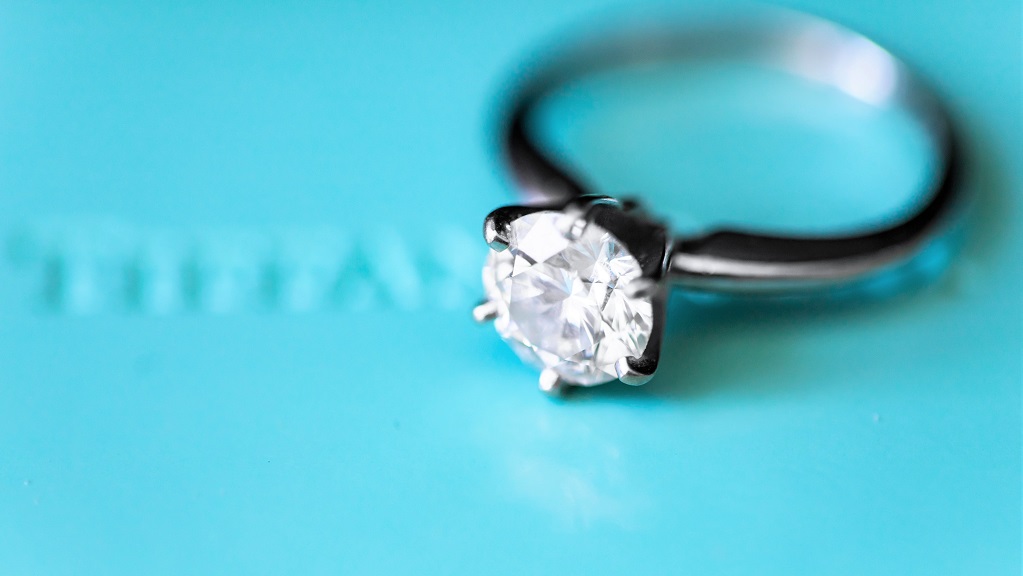
3. Diamond wedding rings
Diamond wedding rings were not popular until Prince Maximillian in 1477 gave his betrothed, Mary of Burgundy, a large diamond engagement ring.
In America, until the growth of the diamond industry, most women received precious stones. Each one had a different meaning: For example, rubies promised to protect their wearer from evil and an opal promised faithfulness. Today many brides are opting for a non-conflict diamond, one not mined with the cruel labor conditions found in diamond mines.
4. Bridal showers
The bridal shower is an offshoot of the dowry practices. Legend has it that bridal showers originated in Holland. A young woman wanted to marry a poor Dutch miller. When the time came to marry, the bride’s father forbade the marriage and refused to provide a dowry. The community came together and “showered” the girl with household items so that she could marry the miller. This story is adapted in the folklore of many countries.
Today’s showers tend to occur one to two months before a couple marry. Showers occur regardless of the couple’s financial status. Showers can vary and have different themes. Co-ed or “Jack and Jill” showers include both men and women.
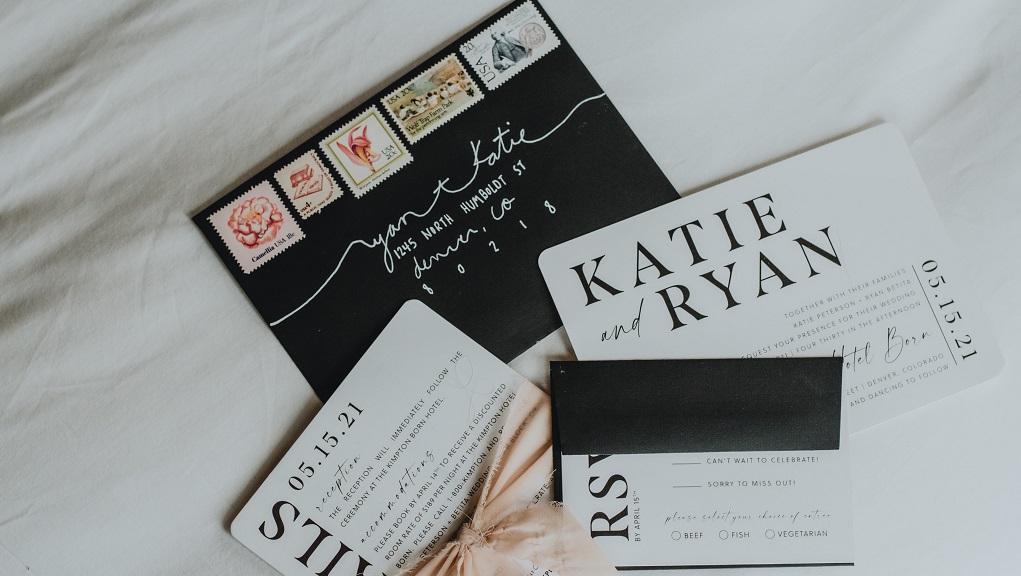
5. Wedding date
Choosing a date for your wedding usually involves making sure the venue is available. For many Asian couples choosing the right date is imperative. An auspicious date is one that will bring harmony to the wedded couple. A matchmaker is consulted and the couples birthdates and birth signs are taken into consideration before the date is agreed upon.
6. Most popular month to marry
There is no wrong month to choose to marry. For most couples this is a personal choice based on location and interests. The spring months of May and June are very popular, but according to a 2017 Pinterest trend report, the autumn months of September and October are increasing in popularity.
In Roman times, June was the most popular month to marry. It was named after Juno the Goddess of Marriage. Queen Victoria of England discouraged May, and she forbid her children to marry in this month, citing an old Roman superstition, “Marry in May and Rue the Day.”
Many event planners will encourage less popular months for the couple’s venue of choice. Booking a wedding in a slow month like January, February or early March can save the couple money.
7. Most popular day of the week to marry
Early American brides chose Wednesday as their wedding date based on an old English Folk Poem: “Marry on a Monday for health, Tuesday for wealth, Wednesday the best day of all, Thursday for crosses, Friday for losses and Saturday no luck at all.”
The most popular day now is Saturday. Saturday gives guests time to travel on Friday and enjoy the festivities on Saturday. The most affordable days to get married however are weekdays and Sundays. Most venues offer discounts for these days based on venue availability.
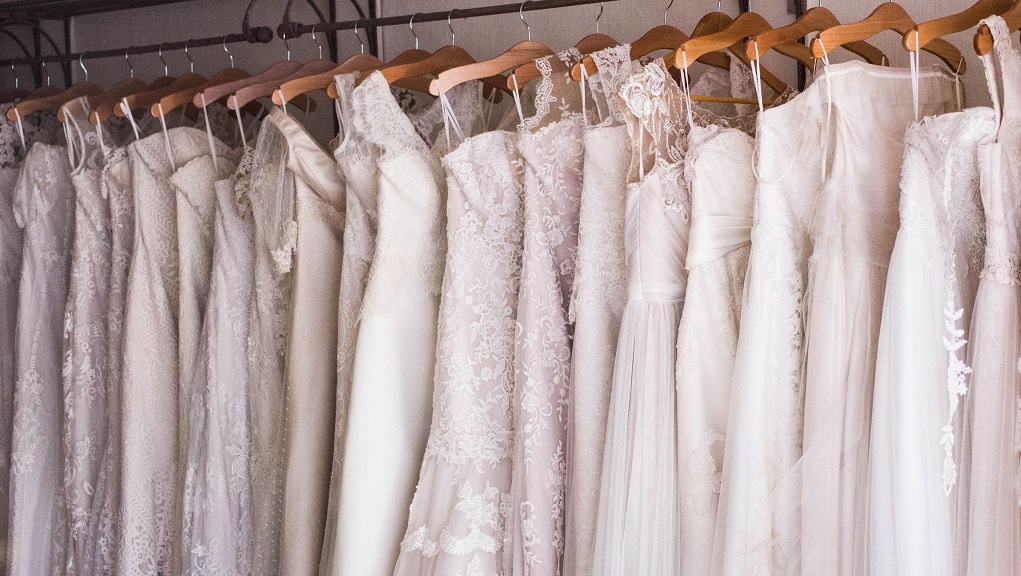
8. White wedding dresses
Queen Victoria of England was the first royal influencer to wear a white wedding dress. Until that time, most royals wore heavy brocades. Queen Victoria who married her true love, Prince Albert in 1840, shocked English society by wearing a white lace gown.
A white wedding dress is still the tradition in most American weddings, but wedding attire does vary among cultures. In Asian cultures, white is a color of mourning and red is considered lucky. This is the color of the Chinese Qipao, the traditional costume worn by Chinese brides. Red packets or envelopes are also the customary gift of money at an Asian wedding. South Asian brides also wear traditional saris of red and gold.
9. Boutonnieres
The boutonniere comes from the French word for “buttonhole”. The original idea of men wearing flowers comes from Roman times and was done so to ward off evil spirits (or perhaps even bad smells). In England, the Knights of the Roundtable wore the colors of the Kingdom or Lady that they represented.
The boutonniere today is a personal flower that is worn by the groom and the groom’s wedding party. It should be pinned to the left lapel. This year’s trends in boutonnieres include nature-inspired dried flowers and greenery. The most popular boutonniere is the rose.
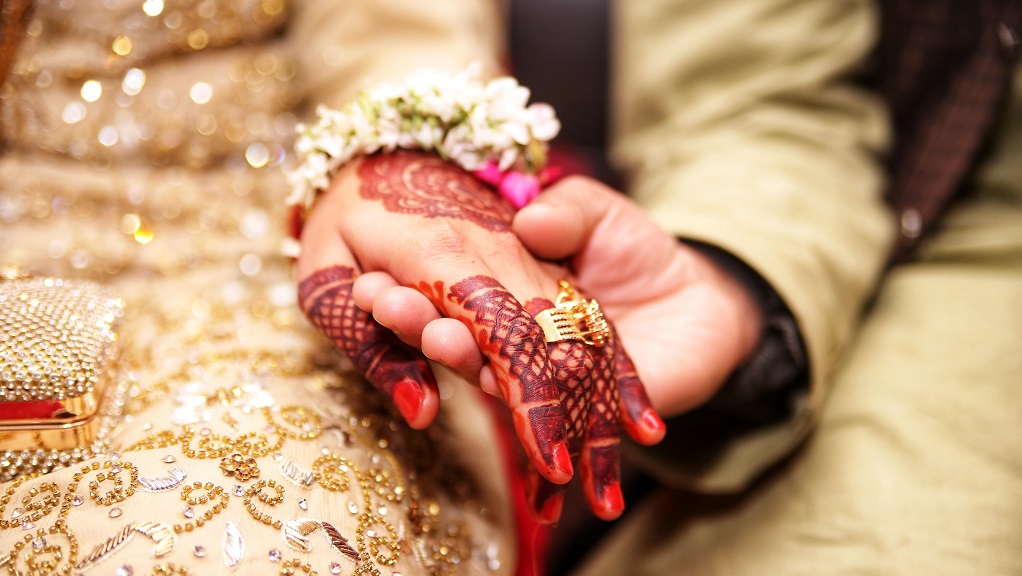
10. Preparing for “the big day”
American brides may schedule hair and make-up at a beauty salon; South Asian brides hire henna or mehndi artists. This mehndi painting is done on the hands and feet of the bride. Mehndi painting includes painting the name of the husband on the bride, the first clue of whom the bride was going to marry. Today, a more modern tradition says that a bride may not do any housework until her mehndi painting has worn off.
11. Walking the bride down the aisle
In American weddings, it’s traditional for the father to walk his daughter down the aisle and “give her away.” Actually, the Jewish tradition allows both parents to walk the bride and the groom down the aisle. Many brides and grooms are adopting this tradition and forgoing the traditional procession.
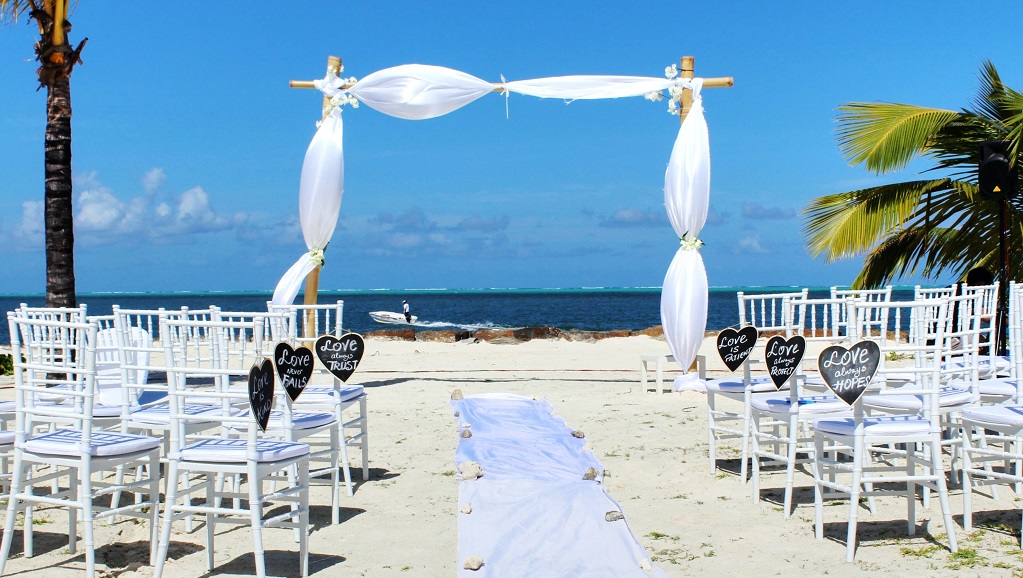
12. Ceremonial focal points
During American wedding ceremonies, many brides and grooms get married under canopies, arches, arbors or other such focal points. In the Jewish religion, the canopy that the couple gets married under is called a chuppah. A chuppah can be passed down by family members, borrowed from the Synagogue or rented. With a Rabbi’s permission, a couple can get married anywhere a chuppah is erected. Other cultures use canopies and platforms as well. In the Hindu wedding tradition, couples get married under a mandap, a beautiful canopy erected on a platform.
13. Flowers
Flowers in a wedding go back to Greek and Roman times, where they symbolized virginity. Flowers still play a significant role in weddings today. Most members of a wedding party carry or wear flowers.
In the Eastern Orthodox and Greek religions, a crowning occurs. A crown of flowers is placed on the bride and groom’s head three times during the ceremony, symbolizing “God the Father, God the Son and God the Holy Spirit.”
In Hindu and Hawaiian weddings, floral leis are placed around the necks of both brides and grooms as the wedding ceremony begins.
14. Wedding cake
The earliest confections held at a wedding in Roman times were similar to biscuits and scones. The bride and groom would share a few crumbs together as there first act as a married couple. The tradition continued in Britain with the scones piled high and the couple trying to kiss over the top. If they were successful, it was a sign of good luck.
In early England, the first known wedding recipe was “Brides Pye” These unusual confections made with oysters, lamb testicles, and rooster comb. Eating the pie ensured the couple good luck. An extra incentive for those single women was to find the ring baked inside the pie, thus signaling the next to be married.
Most of the wedding traditions we see today are not unique—they have their roots in world history, culture and religion. The next time you witness a couple exchange vows, you’ll surely see many of these same traditions. After all, the old English poem, “Something borrowed something blue, something old and something new” has a ring of truth to it.
Say “I do” to JWU
If weddings are your passion, you can study everything from event planning to textile design at Johnson & Wales. Our professors have years of industry experience and you’ll put your knowledge to work through immersive classroom experiences, internships, and more.

